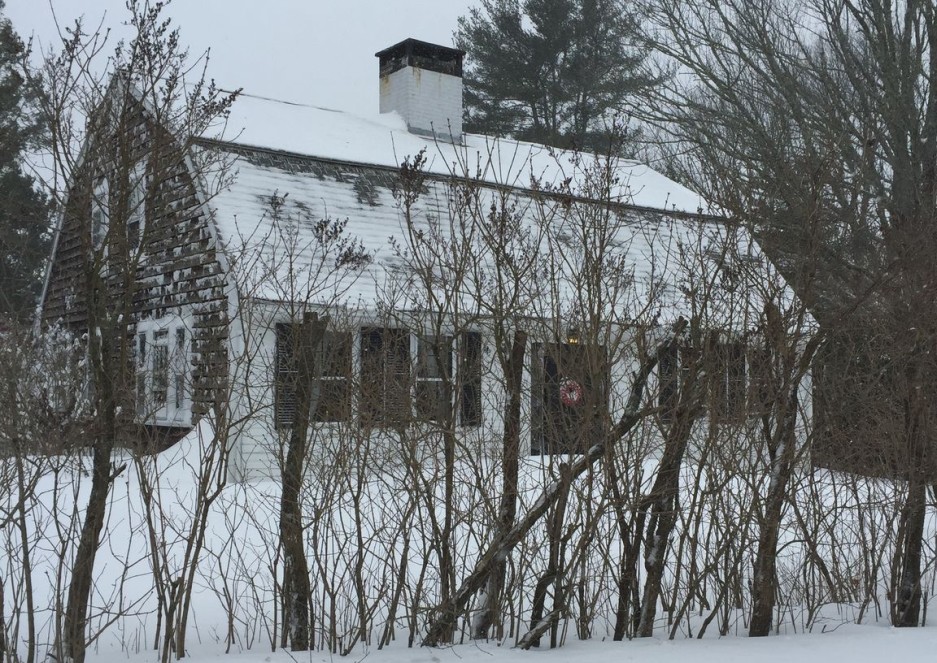Every winter, I avidly read anything I can get my hands on—–books, magazines, etc–about gardening, self-sufficiency, putting food by, etc., and dream about the warm weather months to come and how phenomenal my garden will be. I envision providing George and myself with all the produce we will need to get through the freezing cold winter months. I imagine us hauling in tomatoes, beans, peas, lettuces, peppers,etc., by the bucketfuls. Then Spring arrives and I have all good intentions, but invariably, I get distracted. This year’s excuse was that I was in school again full time, complete with 300 clinical hours to finish. Sigh.
But I did manage to get the tomatoes planted and harvested. My heirlooms actually did quite well! I used a method that was new to me called The Square Foot Gardening method. You can find more about that at www.squarefootgardening.org. Once I got everything set up, I found this method to be so much easier than the traditional ‘row planting’ method of gardening. There were very few weeds and I was able to produce a more bountiful harvest from a much smaller space. Basically, all I had to do post-planting was go out every afternoon to water the plants. Almost anybody can do that!
So what do you do with loads of tomatoes at the tail end of summer? You can them, that’s what! And last week, when almost all the tomatoes had been harvested, canning day finally arrived. It took about 6 hours start to finish, but I wound up with a pretty good haul.
First you wash them….
You have to make sure all the jars are sterile (and that you have enough!) …….
After the tomatoes have been washed and peeled, toss them in the pot and cook them down until they’re stewed, about 30 minutes or so.
After all that, the tomatoes are poured up into the clean jars and sealed. 18 quarts of canned tomatoes later………..
So now that the tomatoes are all canned and put away, I can remember the days of summer during the dead of winter. Every time I reach for a jar to make a pot of vegetable stew or chili or spaghetti sauce, I’ll think about my little summer garden and the cycle will continue. I’ll dream about next year’s garden and vow to make it better. And that will keep me warm all winter long…….
















